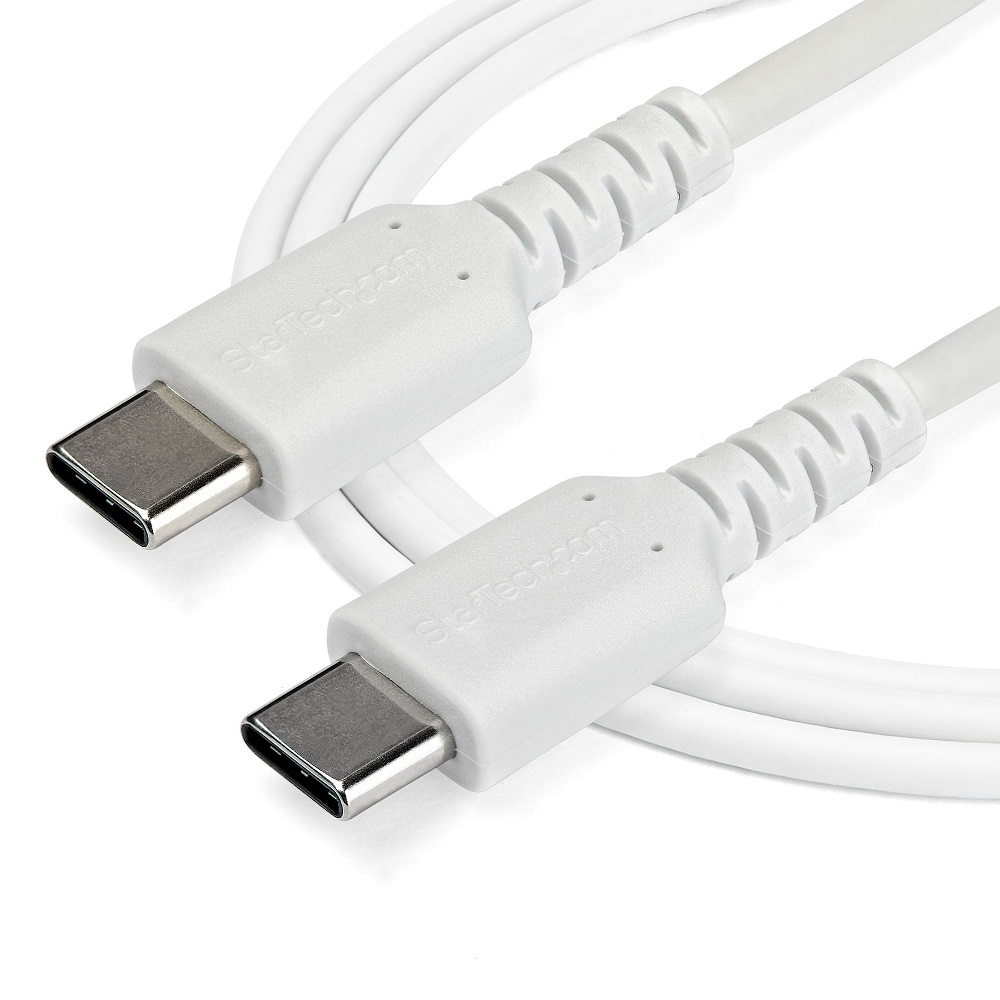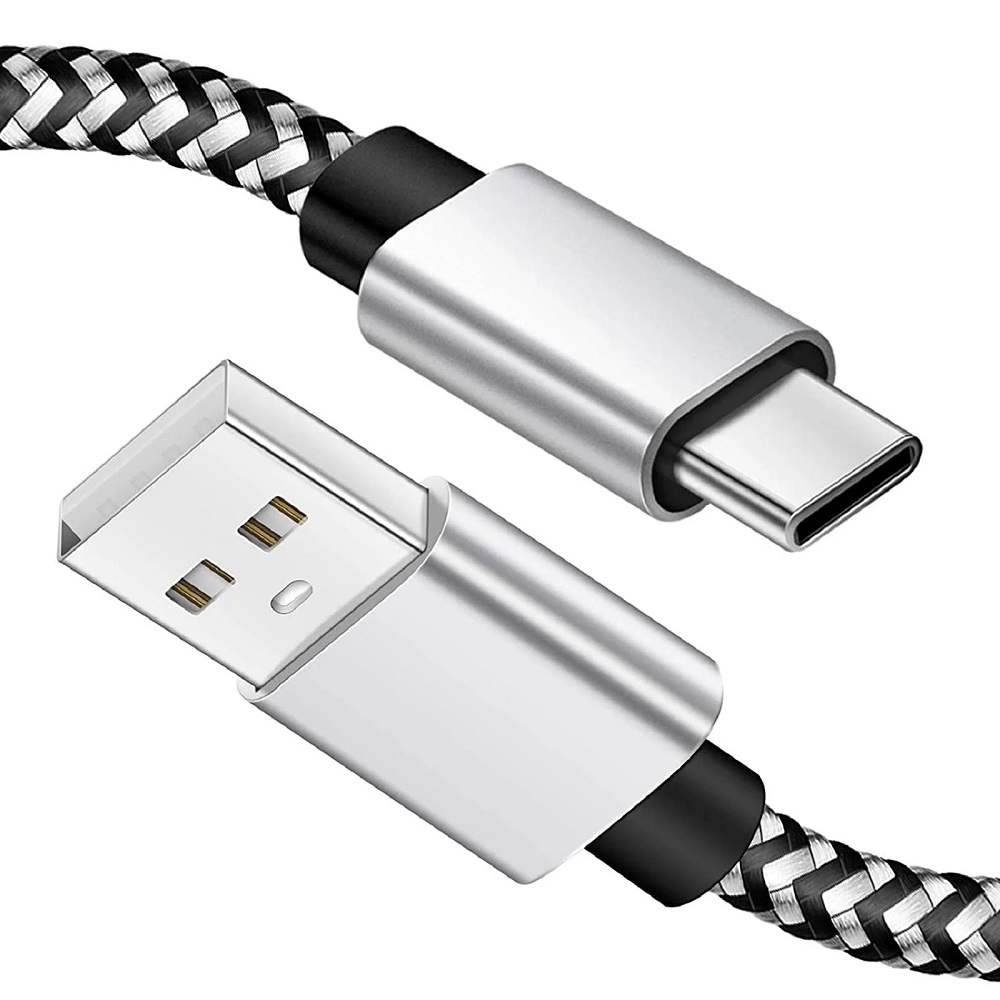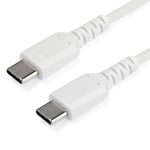Introduction to C Chargers
In the tech world, a ‘C charger’ refers to a charging cable with a USB Type-C connector. It’s the latest interface for data transfer and power supply. The term ‘C’ in C charger comes from the connector’s shape. It’s small and reversible, a big step up from previous USB types.
C chargers are now common for new gadgets, from smartphones to laptops. They support faster data transfer and charging speeds. This makes them ideal for tech-savvy users who value efficiency.
When picking a C charger, users must consider compatibility and power requirements. These chargers come with different power delivery rates. Not all devices support the fastest rates, so it’s crucial to match the charger to the device.
Overall, C chargers signify a leap forward in technology. They offer a more versatile and powerful charging solution. As a user keeping up with tech trends, embracing C chargers is essential.

The Evolution of Charging Technology
The charging technology has seen rapid advancements. From the chunky and slow USB-A, we moved to the more powerful USB-B. Now, C chargers are leading the charge with their slim design and reversible connector. The journey reflects a push towards faster, more efficient power solutions.
The improvements didn’t stop with design alone. The underlying tech has evolved too. Early USB connections supported limited power delivery. This often resulted in long charging times. With the introduction of USB Type-C, power delivery escalated dramatically. C chargers can now fuel devices at lightning speeds, a dream for tech enthusiasts.
We’ve also witnessed a shift towards universal charging solutions. Before C chargers, carrying different cables for various devices was the norm. Today, one C charger can power a range of gadgets. This universal compatibility has simplified our tech lives.
Looking back, the timeline shows a clear trend. The focus has been on creating a more convenient, faster-charging, and versatile technology. For tech-savvy users, understanding this evolution is key. Knowing where charging tech came from helps anticipate where it’s heading. Thus, C chargers are more than an accessory; they’re the emblem of progress in our digital age.
Types of C Chargers
C chargers come in diverse forms, each suited to different needs. The variety ensures users can find the right match for any device requiring efficient power delivery. Let’s break down the main types you’ll encounter.
- Standard C Chargers: These chargers are the most common and are often packaged with smartphones and tablets. They usually offer standard charging speeds and are great for everyday use.
- Fast C Chargers: Designed for devices that support quick charging, these chargers can drastically cut down charging time. They’re perfect for users who are always on the go and can’t afford to be tethered to an outlet for long.
- Multi-Port C Chargers: These are ideal for powering multiple devices simultaneously. With several USB-C ports, they can charge phones, tablets, and laptops together, saving space and outlets.
- C Charger Adapters: Adapters allow devices with older USB ports to connect to USB-C cables. This makes them handy for tech users who have a mix of old and new gadgets.
- Portable C Chargers: Portable or power banks with a C charging option offer flexibility for users who need power on the move. These are essential for travel or long days away from power sources.
- GaN (Gallium Nitride) C Chargers: These represent the latest in charging technology, being more efficient and generating less heat. They’re lighter and more compact, yet they offer high power output.
Each type of C charger comes with its own set of benefits. Compatibility, portability, and charging speed vary, so choosing the right C charger is crucial for tech-savvy users. It’s worth investing time to understand your devices’ requirements and matching them with the appropriate C charger option.

Compatibility and Device Support
Choosing the right C charger involves checking compatibility. Devices have different power requirements. C chargers vary in wattage and output. Tech users must ensure their charger matches their device’s specs.
- Device Requirements: Check your device’s user manual for charging specs. Look for supported power delivery rates.
- Charger Specs: Match the charger’s wattage with your device’s needs. High-watt chargers support faster charging but check if your device can handle it.
- USB-C Ports: New devices mostly come with USB-C ports. Some older models may need an adapter. Ensure your C charger has the right connector for your device.
- Power Delivery (PD): Look for C chargers with PD for quick charging support. They adapt to the device’s power needs and provide safe charging.
- Cable Quality: Use cables that can handle the required current. Cheap, low-quality cables may not support fast charging or could be unsafe.
Device support and charger compatibility shape your charging experience. Smart device support means less waiting and more doing. Invest in the right C charger to keep your gadgets powered efficiently.
Key Features to Look for in C Chargers
When shopping for a C charger, there are key features you should consider to ensure that you get the best charging experience. Understanding these features can help you make a well-informed choice suited to your tech needs.
- Wattage: This tells you how much power a charger can deliver. High-wattage chargers can charge devices faster, but make sure your device can handle the extra power.
- Power Delivery (PD) Compatibility: PD chargers can adjust their output to match your device’s requirements. This means faster and safer charging.
- Cable Length and Durability: Look for a charger with a cable that is long enough for your usage needs and is sturdy to resist wear and tear.
- Portability: If you’re often on the move, select a charger that’s light and compact. Portable C chargers are great for travel and on-the-go charging.
- Number of Ports: For those with multiple devices, a charger with several ports can charge all your gadgets at once.
- Brand Reputation and Reviews: Research brands and read reviews to find reliable chargers with a history of performance and customer satisfaction.
Paying attention to these features will help you pick a C charger that not only charges your devices quickly but also supports them in the best possible way. Keep these points in mind the next time you’re looking for a new charger, and you’ll be sure to find one that ticks all the boxes for your tech lifestyle.
Safety Standards and Certifications
When selecting a C charger, safety must be a top priority. It’s crucial to look for chargers that meet safety standards and hold certifications. These confirm that the product has passed tests for safe operation.
- Look for Certifications: Trusted safety certifications like UL, CE, FCC, and RoHS mean a charger is compliant with specific safety guidelines. These chargers have undergone rigorous testing.
- Overvoltage Protection: Quality C chargers have built-in features to protect against sudden voltage spikes. This technology safeguards your devices from damage.
- Current and Temperature Regulation: Top-notch C chargers regulate the current flow and monitor temperature. This prevents overheating and potential hazards.
- Material Quality: Safe chargers are made with high-quality materials that are fire-resistant and durable. They keep risks at bay.
- Brand Reliability: Choose chargers from reputable brands. These brands invest in safety research and adhere to best practices.
- Avoid Counterfeits: Beware of fake chargers. They often bypass safety measures and can be dangerous. Always purchase from authorized retailers.
By keeping safety standards and certifications in mind, you can ensure that your experience with C chargers is not only efficient but also secure.

Best Practices for C Charger Usage and Maintenance
To get the most out of your C charger, it’s important to use and maintain it properly. Here are several best practices to ensure your charger stays in optimal condition and your devices charge efficiently:
- Inspect Regularly: Check your C charger for any signs of wear or damage. Look out for exposed wires or a loose connector, which could lead to poor charging performance or safety hazards.
- Keep it Dry: Water can cause serious damage to your charger. Avoid charging in damp areas and don’t let the connector get wet.
- Unplug When Not in Use: To save energy and reduce wear on your charger, unplug it from the power outlet when you’re not using it.
- Roll Cables Carefully: When storing your charger, gently coil the cable without bending it too tightly. This helps prevent fraying or damage to the wires inside.
- Avoid Extreme Temperatures: C chargers can get damaged in high heat or cold. Keep them in room temperature environments as much as possible.
- Use the Right Port: If your charger has multiple ports, use the correct port for your device to ensure proper charging efficiency.
- Clean the Connector: Dust and debris can affect the connection. Use a dry cloth to clean the USB-C connector occasionally.
- Update Charging Software: For devices that allow it, keep your charging-related software up to date. This can improve charging efficiency and safety.
- Use Genuine Accessories: For the best performance and safety, use accessories like cables and adapters that are from the charger’s brand or are certified compatible.
By following these simple steps, you can extend the life of your C charger and enjoy a better charging experience. Good care will also help you avoid potential risks associated with improper usage or maintenance.
Future of Charging: Innovations and Trends
As technology keeps evolving, so does the future of charging solutions. For tech-savvy users, staying ahead means knowing the latest trends that will shape the future of C chargers. Let’s dive into the innovations and trends transforming the world of charging technology.
- Wireless Charging: This trend is on the rise. Soon, you might be able to charge devices just by placing them on a surface.
- Higher Efficiency: New materials, like Gallium Nitride (GaN), are making chargers more efficient. They charge faster and waste less energy.
- Smart Charging: Future C chargers may adapt to device usage patterns. They’ll optimize charging times and save energy.
- Eco-Friendly Solutions: There is a move towards sustainable charging with solar-powered chargers and eco-friendly materials.
- Magnetic Connectors: These could become more common, offering ease and a stronger connection with a simple snap-on mechanism.
- Compact Designs: As chargers get more powerful, they’re also becoming smaller. This makes them perfect for travel and small spaces.
- Universal Compatibility: The push for a universal charger standard continues. This would let one charger power all of your devices.
- Advanced Safety Features: Future C chargers might come with even better safety tech to protect against overcharging and overheating.
For those who love tech, the future of C chargers is bright and full of promise. Stay curious and up to date with these trends, and you’ll always be ready for what’s next in the world of charging.


